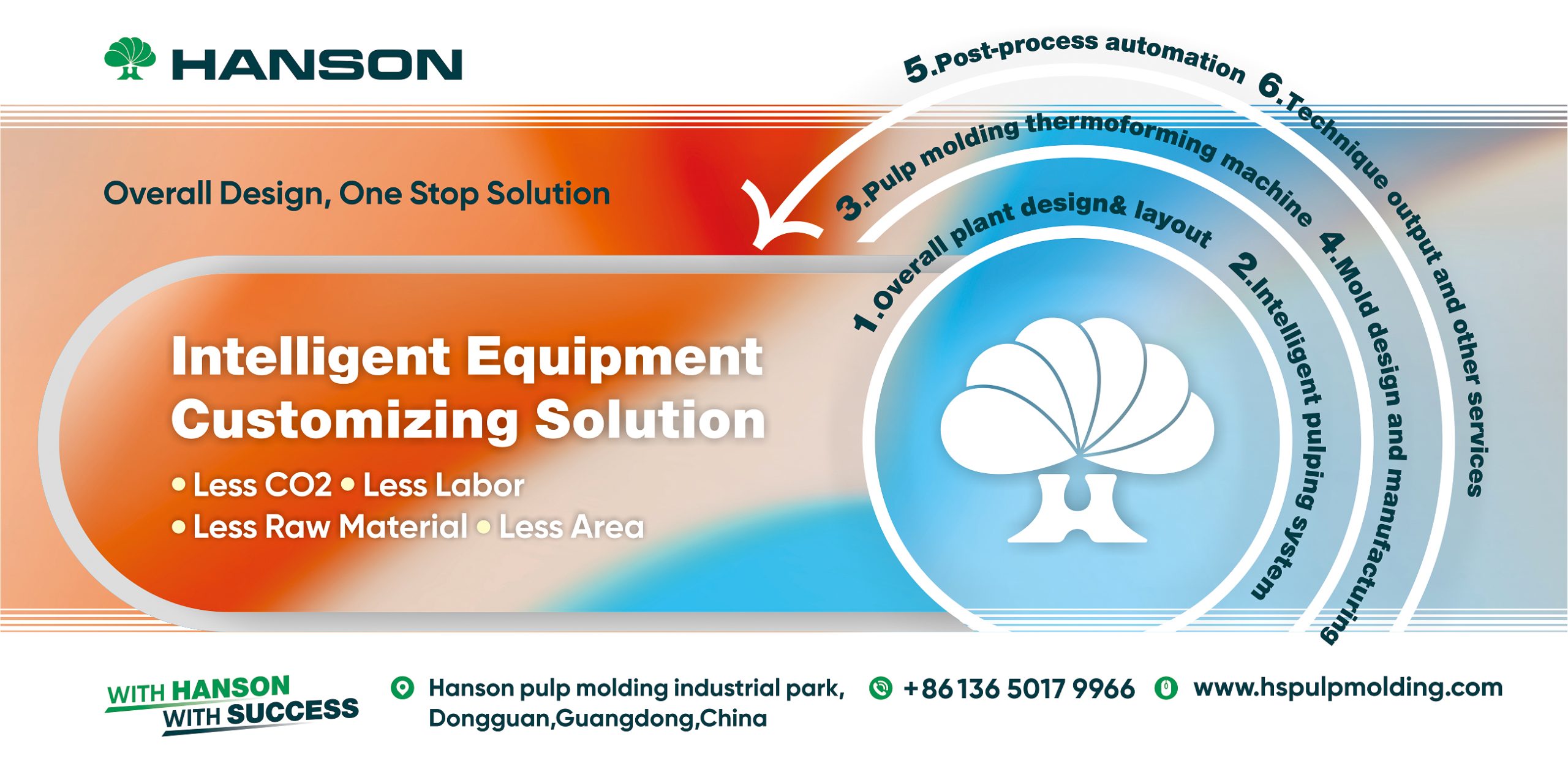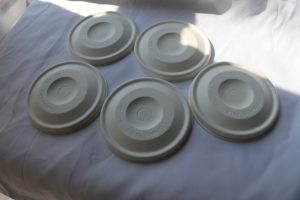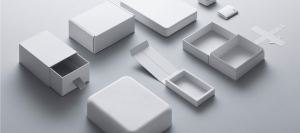With the continuous improvement of environmental awareness, more and more food packaging suppliers are paying attention to sustainable development, looking for ways to “green” container packaging, and transitioning from single-use plastic packaging to sustainable packaging.

In the pulp molding industry, instant bowls, as one of the commonly used tableware, have also begun to use environmentally friendly recyclable materials and novel and unique designs to reduce the impact on the environment. Among them, the feature of instant bowls using plant fiber raw materials as packaging has become a topic of much concern.
As an environmentally friendly material, plant fiber has the characteristics of degradability, recyclability and reuse, so it is widely used in the field of packaging. The use of plant fiber raw materials as packaging for instant bowls can not only reduce the generation of plastic waste, but also bring new business opportunities for pulp molding companies.
Compared with traditional plastic tableware packaging, plant fiber tableware packaging is not only more environmentally friendly, but also recyclable. This is one of the reasons why more and more pulp molding companies are choosing to use plant fiber tableware packaging. At the same time, the new features of instant bowls also include multi-functionality: such as thermal insulation, which can maintain the temperature of food and prolong the freshness of food; it has a leak-proof function, which can effectively prevent soup or other liquids from leaking out.
As a tableware, the instant bowl can not only serve food, but also grow plants. This versatility in design not only reduces waste, but also improves space utilization. By using the empty bowls as plant pots, not only can fresh vegetables and fruits be provided to consumers, but also the purchase cost and environmental pollution during transportation can be reduced.

Of course, it is not a simple matter to use an empty bowl to grow plants. Here are the methods and tips for using an empty bowl to grow plants correctly:
- Clean the bowl. First, the empty bowl needs to be thoroughly cleaned to remove residual food and stains. It can be washed with warm water plus a small amount of neutral detergent or soapy water, then rinsed with clean water and dried for later use.
- Choose suitable plants. Choose small plants that are suitable for growing in bowls, such as succulents, cacti, small potted plants, and more. These plants usually do not require much water and nutrients and are suitable for growing in limited spaces.
- Add soil. Put an appropriate amount of nutrient soil or humus soil into the bowl, and compact it with your hands or tools to make the soil closely contact with the bottom of the bowl. Materials such as pebbles or perlite can be added as needed to increase drainage and air permeability.
- Plant plants. Transplant selected plants into bowls, being careful not to crush the roots. Depending on the needs of the plant, some space can be left on the soil surface for root growth. If the plant needs to be secured, it can be secured in the bowl with scotch tape or other material.
- Watering. In the early days of planting, the soil needs to be kept moist, but not overwatered. Water the plants moderately every few days, or use a humidifier to increase the humidity in the air. You can gradually reduce the frequency of watering as the plants begin to develop new leaves.
- Lighting. Different plants have different needs for light, some need full sun, while others need a semi-shade environment. Depending on the needs of the selected plants, the bowl can be placed in an appropriate position to ensure that it receives enough light.
Only with the right methods and techniques can you enjoy the deliciousness of your own grown vegetables and fruits at home.

The instant bowl adopts the new packaging of plant fiber. Based on the multifunctional advantages of “holding food, reusable, planting plants, heat preservation, leak-proof, portable, and beautiful”, it can not only be used in personal life and pulp molding industry , It can also provide new ideas and directions for the research and development of intelligent tableware. By making full use of the features and advantages of instant bowls, we can contribute to the cause of environmental protection, and at the same time add more convenience and comfort to our own lives.



